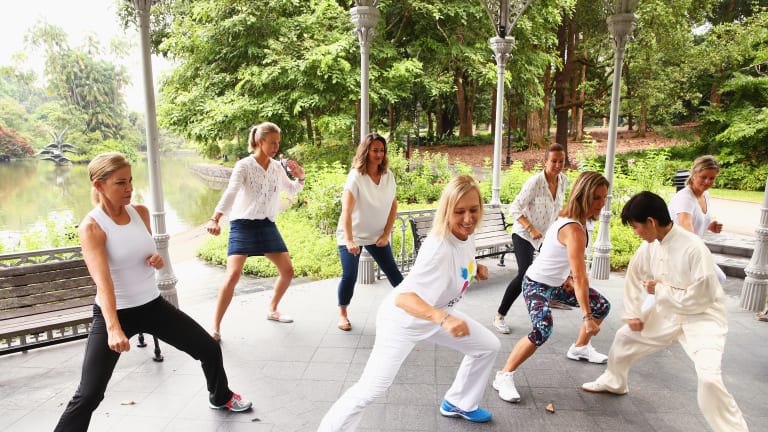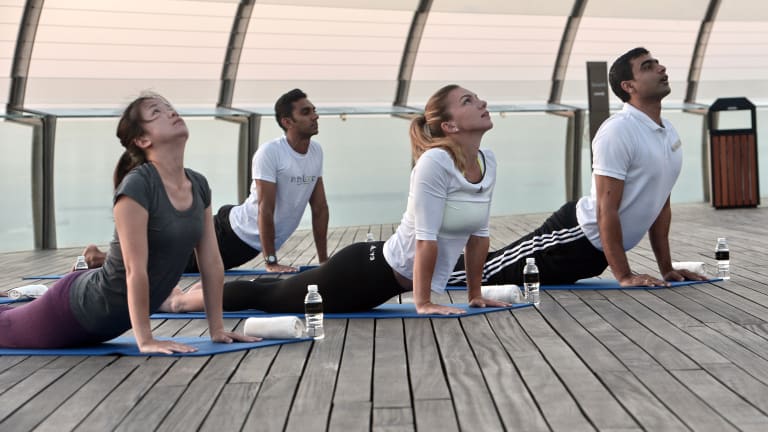When the University of South Florida’s men’s tennis team won their conference tournament and reached the second round of the NCAA Championship in 2019, the players were hitting great—but they were also feeling great.
“The players were tough and calm during the pivotal moments,” said coach Ashley Fisher.
A major reason for that? Yoga. Yoga benefits players both physically—with balance, flexibility and core strength—and mentally. Playing with a peaceful state of mind rather than a stressed one allows you think less and react quicker. Critical thinking is important, but once the point begins, you really don’t have time to think.
Everything we do on a regular basis is at an unconscious level, but with breathing techniques, you can compartmentalize any situation, even during intense and stressful competition. Our players were able to better navigate these situations and respond accordingly.
Here are some breathing techniques I've found work best for tennis players, along with some yoga advice.

